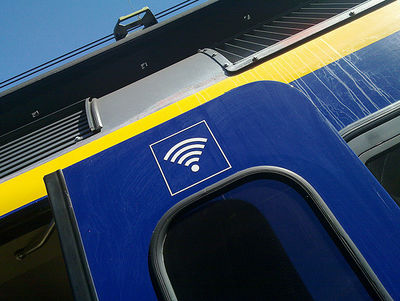Three Media objects
1. CHARLIE HEBDO NR. 1178 EDITION OF 14 JANUARY 2015
I have the famous edition of the French satirical weekly magazine Charlie Hebdo. Featuring cartoons, reports, polemics, jokes and specially known of his articles about extreme right, religion, politics and culture. Because it is so famous, it was a target of two terrorist attacks in 2015, as a response to a number of the published controversial Muhammad cartoons. 12 people were killed, including Charbonnier and several contributors. After the attacks, the phrase Je Suis Charlie, French for ‘I am Charlie’, was adopted by supporters of free speech and freedom of expression who were reacting to the shootings. The slogan was first used on Twitter and spread to the internet, and then computer printed or hand-made placards and stickers, displayed on mobile phones, and many websites you see Je Suis Charlie. Because it was just a terrible attack in France Je suis Charlie was known all over the world. Therefor a good media object to research. Not only the debate and political side of it, but what happens now. On Ebay the first magazine after the attack is sold for 500.000,00, why? Because it going to be a part of history?
2. (INTERNET) MEME
An internet meme is an activity, concept, catchphrase or piece of media which spreads from person to person via the internet. A meme may take the form of an image, hyperlink, video, picture, website, or hashtag. It can be just a word or phrase, including an intentional misspelling, or twisted the meaning of the images or videos to give a ‘humorous’ take on them. It spreads by social networks, blogs, emails or other online sources. Internet memes can evolve and spread extremely rapidly, sometimes reaching world-wide popularity within a few days. The word meme comes from Richard Dawkins in his 1976 book The Selfish Gene. Dawkins explained that internet memes are ‘hacking of the original idea’ the very idea of a meme having mutated and evolved in the new direction.
Meme always attracted me, because they are so free for expressions and the images, videos, ect are used without someone caring about the copyright. I got the idea that this popular culture is not that big of a hype anymore, it decreases. Or are the taking a different form? And what happens when I use meme in a different context, like using headliners from the news on memes?
Reference
The Selfish Gene, Richard Dawkins
The Meme Machine, Susan Blackmore
Memes as genre: A structurational analysis of the memescape, Bradley E Wiggins & G Bret Bowers
The Internet and Memetics, Garry Marshall
The selfish meme: A critical reassessment, K. Dustin
Memes in Digital Culture, Shifman, Limor
3. WI-FI SYMBOL
Wi-Fi is a local area wireless technology that allows an electronic device to participate in computer networking. Many devices use Wi-Fi, computers, video-game consoles, smartphones, digital camera, tablets and digital audio players. These can connect to a network resource such as the Internet via a wireless network access point (hotspot). They have a range of about 20 meters indoors and a greater range outdoors. To connect you have to have a password or register to the company how provides the Wi-Fi. I would like to focus on the symbol not what it does. The Wi-Fi symbol is so known even in or physical environment. Such as the bus or school, ect. Where does the symbol comes from and does it looks like that? I want the approach the symbol such as the Photobook project.
Reference



